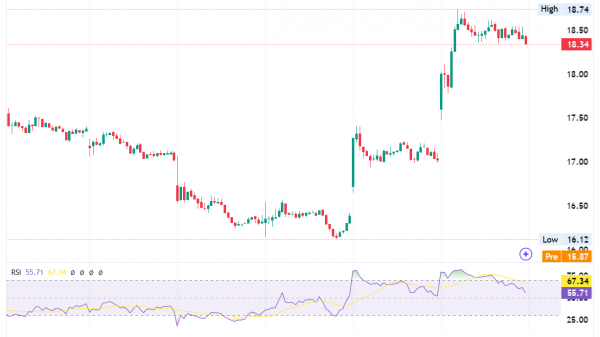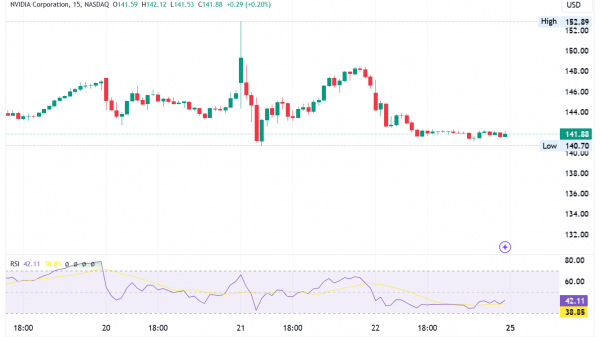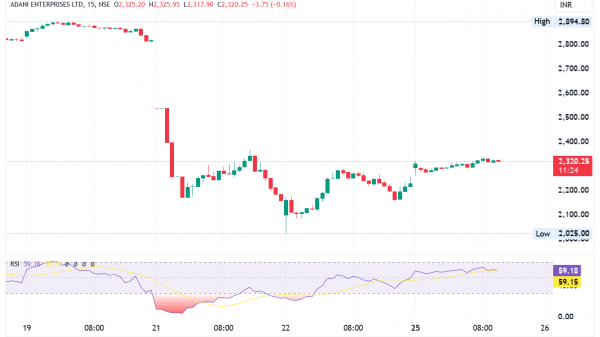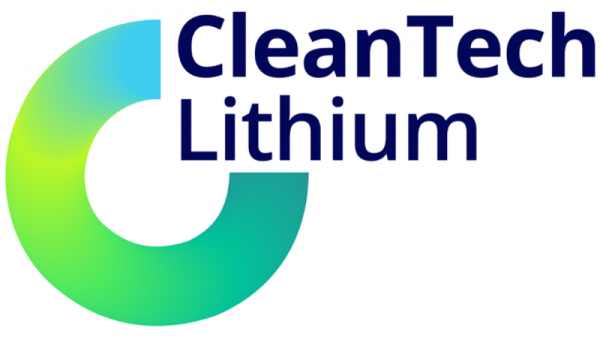What is an information ratio?
The Information Ratio (IR) is a metric used to evaluate the performance of an investment manager or portfolio. It measures the ability to generate excess returns above a benchmark index, considering the risk taken. Let’s have a look at how this ratio works, its calculation formula, limitations and more.
Information Ratio Explained
The information ratio is the ratio between the “active” return of a portfolio in relation to its reference index (benchmark) compared to the volatility of this active return.
It makes it possible to assess the consistency of a manager and his ability to create value over the long term.
The higher the information ratio, the more efficient the manager.
To create value, an active manager uses the selection of securities and their weighting in the fund he manages. He will select the securities which seem the most discounted and avoid those which are the most expensive.
Depending on the appreciation potential, the level of risk he is willing to take or other more qualitative elements (market environment, macro views, etc.), the weighting of the securities and sectors will vary.
The manager therefore makes “active” bets, that is to say which stand out more or less markedly from his benchmark index. This can even go as far as selecting securities that are not part of this index.
If the manager’s choices are the right ones, the active return or performance gap of the fund compared to the benchmark index will be significant and will increase the information ratio.
Evaluation of IR
However, certain elements may weigh on the information ratio. Thus, if the manager increases the liquidity in his portfolio, this will decrease his information ratio. The same applies if the manager uses leverage.
Evaluating the information ratio over a sufficiently long investment horizon (5, 10 years) is relatively relevant if only to determine the manager’s ability to create value over a complete market cycle.
The Information Ratio indicates the ability of a portfolio manager to achieve performance superior to that of the benchmark while remaining faithful to it. The benchmark, in this case, generally represents a market or a sector, or even an industry.
Value is used to judge actively managed portfolios. We are talking about those portfolios whose management allows the manager to consciously deviate from the benchmark, as would not happen if it were passive management like that of ETFs.
The Information Ratio is certainly not a predictive value. Rather, it indicates the extent to which a fund exceeds or has exceeded a certain benchmark index at a time. To calculate its value, it is therefore necessary to know a posteriori to what extent the difference has a value
Formula and Calculation of the IR
IR is calculated by dividing the difference between the portfolio returns and the benchmark returns (active return) by the standard deviation of these excess returns.
This formula helps in assessing risk-adjusted returns.The calculation of information ratio goes as follows, taking into account that the tracking error is the difference between the volatility of the portfolio and the volatility of the relative benchmark:
(Portfolio Return – Benchmark Return ) /Tracking error
What the IR Can Tell You
IR offers insights into a fund manager’s efficiency in generating excess returns compared to the benchmark. A higher IR suggests better performance in managing the investment portfolio.
How to interpret the information ratio? The higher the information ratio, the more efficient the portfolio management. More performance achieved compared to the benchmark with less risk. The bottom quartile of investors and financial managers generally achieve an information ratio of 1.5.
The Difference Between the IR and the Sharpe Ratio
The information ratio is the best criterion for evaluating an active manager. It is of course not the only one, but it can prove useful to investors in their fund selection work.
While the Sharpe ratio is used to measure the performance of a portfolio beyond the risk-free asset return for a given level of risk (how much excess return does a fund offer for 1 unit of risk taken ), the information ratio no longer takes as a reference point the risk-free asset but the benchmark against which the manager is compared.
While both the Sharpe Ratio and information ratio measure risk-adjusted returns, the Sharpe Ratio uses the risk-free rate as a benchmark, unlike IR, which uses a benchmark index.
Limitations of Using the Information Ratio (IR)
IR can vary significantly based on the chosen benchmark. It may not always reflect the investment manager’s skill, especially in volatile markets.
Example of How to Use this Ratio
Fund managers often use IR to compare mutual funds or hedge funds’ performance. It helps in making informed investment decisions by analyzing a manager’s skill in outperforming a benchmark.
What Is a Good Information Ratio Range?
A good IR range depends on the market context and investment strategies used. Generally, a higher IR indicates better performance.
Can an IR Be Negative?
Yes, an IR can be negative, indicating that the portfolio manager is underperforming the benchmark index.
For a detailed exploration of these topics, I recommend consulting financial textbooks or investment strategy resources.
The post What is information ratio? appeared first on FinanceBrokerage.


































